It’s not uncommon for home and handheld consoles to get a drastic makeover in the years after their launch. Sometimes even after they have begun playing second fiddle to a new more powerful sibling.
With the Xbox One S fresh in our memories and a thinner version of the PlayStation 4 all but confirmed, it’s the perfect time to look back at some of the most successful and unsuccessful console redesigns in gaming. We’re talking internal and external overhauls of existing systems, so you won’t see any Nintendo 64 Disk Drive or Atari Jaguar CD mentions on this list.
Let’s start with …

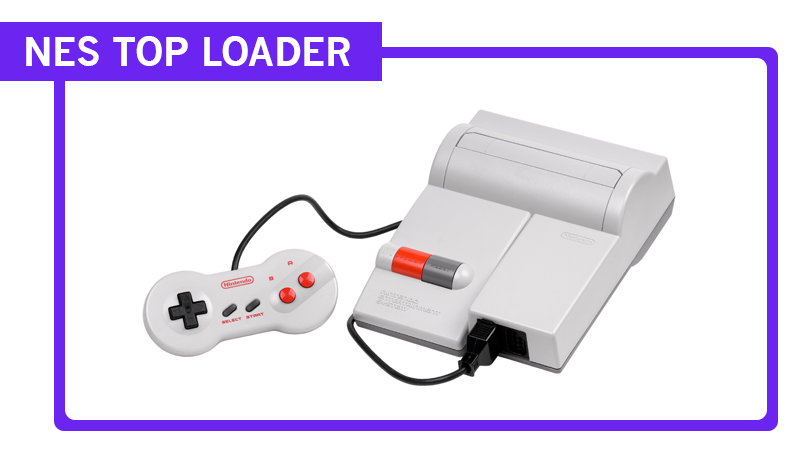
Released: 1993
Launch Price: $US49.95 ($66)
Tag Line: Evolve or Become Extinct!
The Details: The console wars of the early ’90s were at a fever pitch in 1993, a year when players were hard pressed to choose between Nintendo and SEGA consoles. Amidst all the 16-bit hype landed a cleaned up redesign of the Big N’s original Nintendo Entertainment System. The first NES wasn’t a very sleek looking system, at least not the version Nintendo decided to release here in the states. The Top Loader version, while smaller and vastly more sleek, still looks rather clunky. Clunkiness aside it managed to fix one of the problems that had plagued the NES for so long – cartridge loading issues. Not to mention the new “bone” controller, which literally took the edge off of playing some of gaming greatest titles.
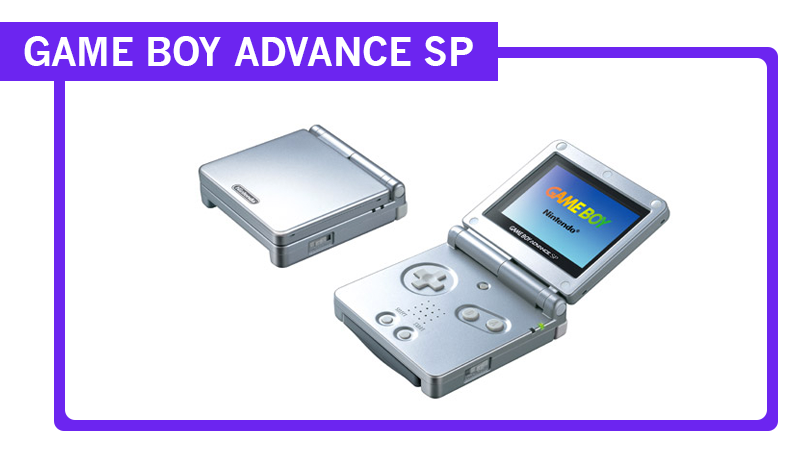
Released: 2003
Tag Line: Who Are You?
Launch Price: $US99.99 ($132)
The Details: With so many bulky add-ons being sold to illuminate Game Boy screens over the years it’s odd that it took Nintendo so long to realise players wanted a handheld system with a built-in backlight. Though they technically gave it a go with the Japan-only Game Boy Light in 1998, the GBA SP was their first worldwide release with such a feature. With a clamshell design and the ability to play any game in Game Boy history, the SP is a shining example of actually listening to your fans and drastically improving on a current design. Well, with the exception of the strange decision to scrap the standard headphone jack, a staple of every mobile Nintendo system before and after.
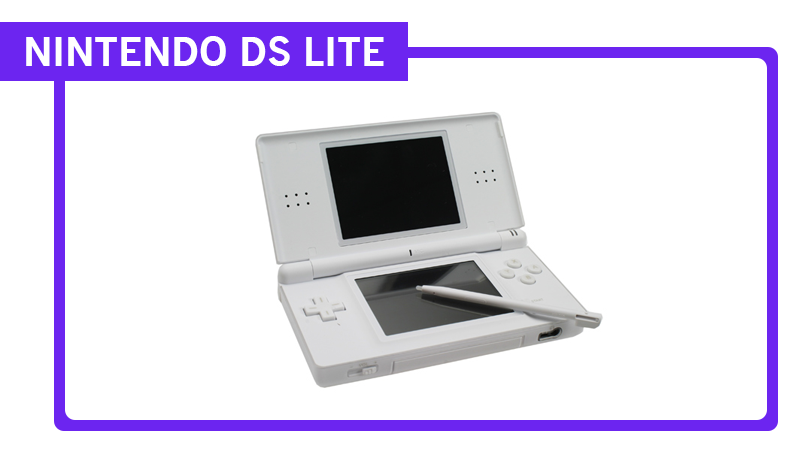
Released: 2006
Launch Price: $US129.99 ($172)
Tag Line: Touching is Good
The Details: The original DS is far and away the most unattractive Nintendo handheld console to ever grace our sweaty hands. Nintendo must have realised this early on, as they released the newly designed DS Lite less than two years into the DS family’s long and prosperous run. While the vast majority of the DS Lite’s improvements were cosmetic, it’s battery life, brightness settings and slightly enhanced colour display made it perfect for on the go gaming. Unlike the DSi, which we’ll talk about later, the DS Lite still allowed players to play any Game Boy Advance title on the market. It’s easily one of, if not the, best handhelds of all time.
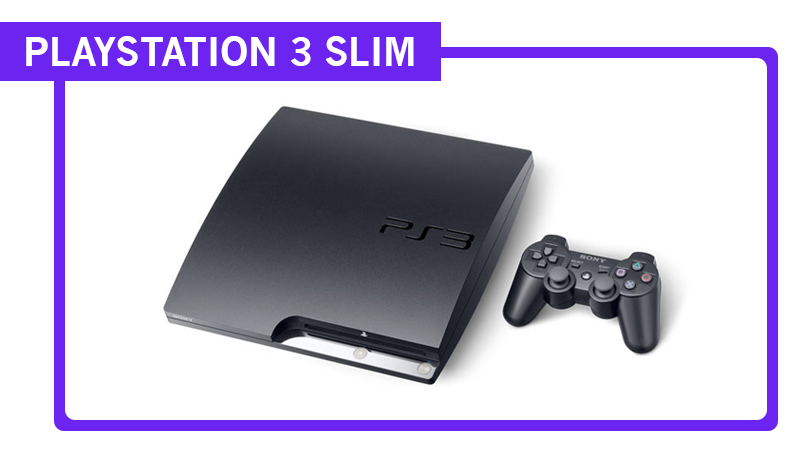
Released: 2009
Launch Price: $US299.99 ($397)
Tag Line: Lighter, Thinner and Powerful
The Details: When the PlayStation 3 launched worldwide it was touted as a powerhouse of innovation, though most consumers had a hard time seeing past its hefty price point ($US600 ($793)?!) and George Forman grill design. Eventually Sony wised up and released the PS3 Slim, a model that featured more memory, less shelf space, energy efficiency, and a quieter cooling system. Most important of all, it got rid of that god awful Spider-Man movie font that had adorned the original model. The Slim was a turning point for the PS3, as it attracted many more players and boosted Sony’s sales of both consoles and games.
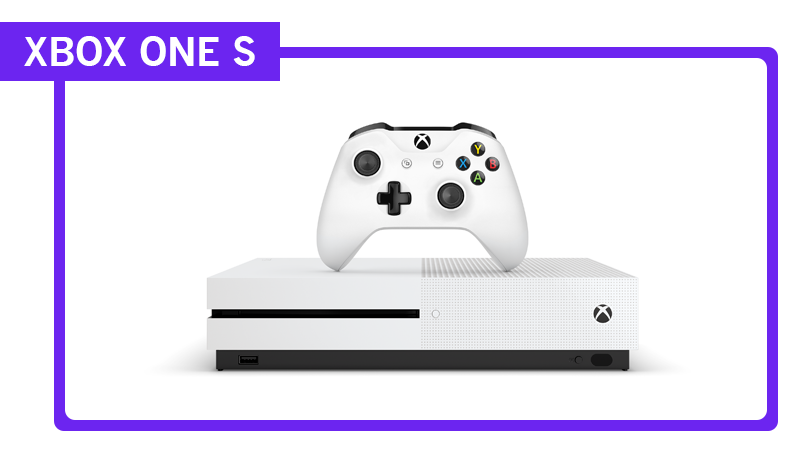
Released: 2016
Launch Price: $US299.99 ($397)
Tag Line: Sleeker. Slimmer. Sharper.
The Details: Hey! Didn’t I just mention this one in the intro? Yes, yes I did. The Xbox One S may only be a month old, but it’s already a shining example of how to give your fan base what they want without having to jack up the price. The original XBone (people still it call it that, right?) was criticised for looking like a ’90s VCR and taking up an acre of precious shelf space. The One S is 40% smaller and it’s outward appearance actually looks more like a console from the distant future than one from the recent past. Throw in some key gaming attributes like 4K ultra HD and high dynamic range, and you’ve got yourself one of the prettiest and most powerful systems on the current market. Well done Microsoft. Now show us your Scorpio build.

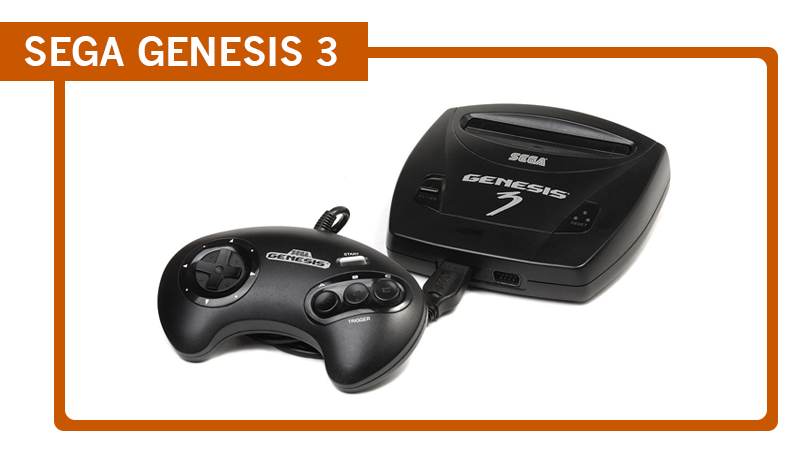
Released: 1998
Launch Price: $US49.95 ($66)
Tag Line: NA
The Details: Most Sega fans in 1998 were eagerly awaiting the launch of the new powerhouse console known as the Dreamcast. Meanwhile, gaming manufacture Majesco was granted the licence to produce a new model of classic Genesis system of their own. Thus the Genesis 3 was born, a console alarmingly devoid of many of it’s predecessors charms. While the system did allow owners to play most Japanese Megadrive titles, its low processing ability and a few internal changes made it impossible to boot up dozens of previously released games. Sega CD and 32X fans were also out of luck, as the Genesis 3 could not be tethered to these add-ons like previous versions. In the end Majesco cut out too much of what made the Genesis worth owning. You know, like the games.
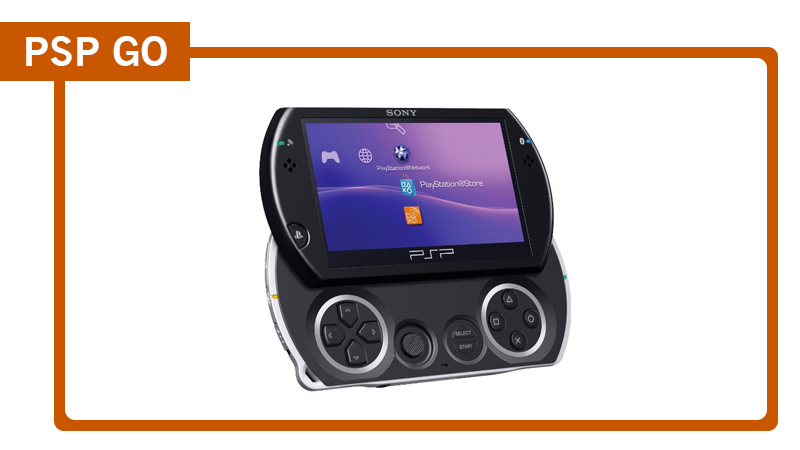
Released: 2009
Launch Price: $US249.99 ($330)
Tag Line: It’s Go Time
The Details: Going fully digital is a feat that consoles in 2016 are still unsure about. Back in 2009 it was a pretty radical move to propose such a thing, especially for a handheld that couldn’t be hardwired to the net. The struggling PlayStation Portable brand decided to release the PSP Go alongside its standard model, hoping to appeal to technophiles who were constantly connected to the online world. In a market where physical sales far exceed digital ones, the Go was set to fail. And fail it did, selling a pitiful amount and falling into obscurity. The biggest drawback for gaming collectors is that the PSP’s digital store is now offline, rendering Go owners helpless to add more games to their arsenal.
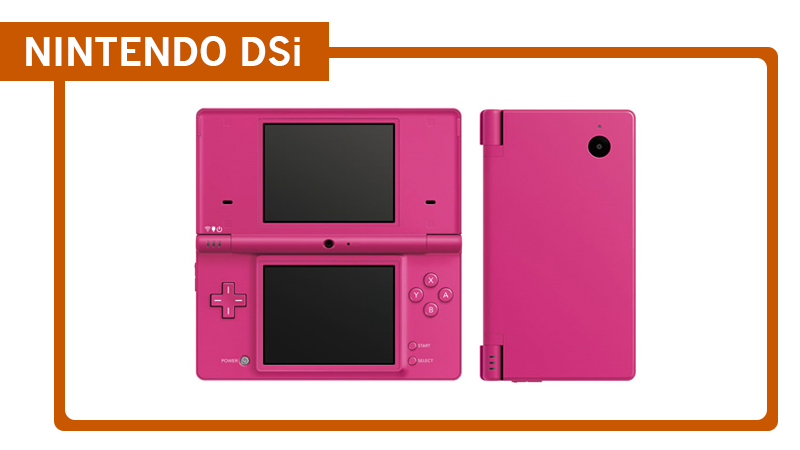
Released: 2009
Launch Price: $US169.99 ($225)
Tag Line: i Decide
The Details: While mobile PlayStation players had the option of going completely digital with the PSP Go, Nintendo decided to finally offer something in the downloadable realm to their customer base. While the DSi did feature an online game store, two cameras and a bunch of new bells and whistles, it ultimately felt like a step backwards from the popular DS Lite. This was mainly due to the loss of Game Boy Advance backward compatibility and reduced battery life (9-14 hours as opposed to 15-19). You could play fewer games and for less time! Not exactly a win win situation, and a terrible incentive to upgrade.
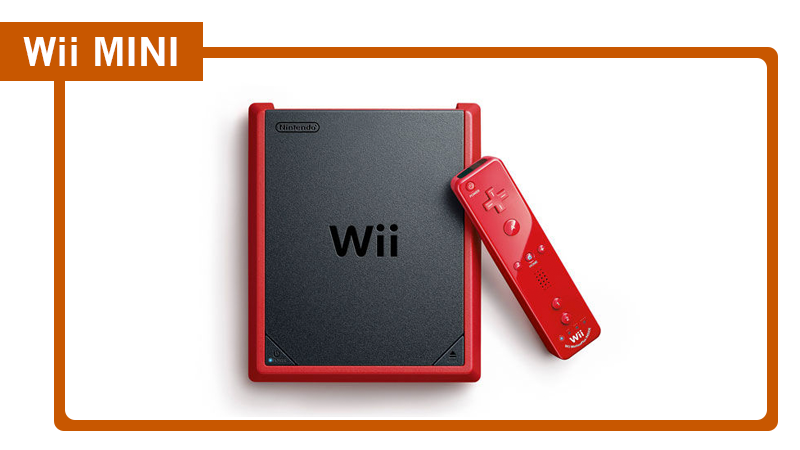
Released: 2013
Tag Line: Big Fun. Mini Price.
Launch Price: $US99.99 ($132)
The Details: Originally announced as a Canadian exclusive, the Wii Mini is an oddity of the digital age. Even though the original Wii wasn’t an online powerhouse like its competitors, the PlayStation 3 and Xbox 360, it still featured a handful of well executed online features and a steady stream of must-have retro classics via its Virtual Console. Enter the Wii Mini, a console with no internet capabilities whatsoever. In an ironic twist of fate it was bundled with one of the best titles to feature online play in the Wii’s enormous library – Mario Kart Wii. Couple this with the fact that it, like the Wii Family Edition of 2010, couldn’t play GameCube games (or use the controllers for Smash Bros) and you have a system that virtually no one seemed to want.
Obviously different people have different experiences with consoles, original or otherwise. I could probably write an entire long form essay about my love for the Game Boy Micro (and I just might). What console redesigns did you find to be the most significant or disappointing? Let us know in the comments below.
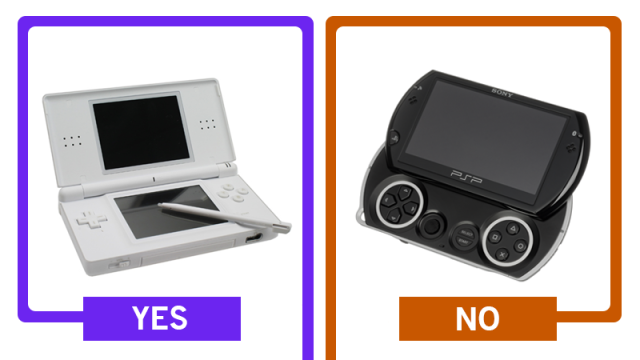
Comments
29 responses to “The Best (And Worst) Console Redesigns”
Actually liked the PSP go and still use it cause the battery life is much better than the Vita and i only just play PS1 classics on it while travelling. Such games like FF7-FF9 and also MGS are some of the older titles that are great on it. But i just upload heaps of movies to it so i can watch it on the plane.
I agree, I loved the Go. It was a great little device but the market was just not prepared for it.
yeah not just that, net speeds were not that great when it came out and compared to other countries, i would say it did not do as well here because of download speeds i guess to get some of the bigger games.
I’ve still got my Gameboy Advance SP although it came out of the box with a dead pixel.
It would have been good to also show the original that the redesign was from.
I really dislike the PS3 slim. It feels cheap and imo looks bad. I MUCH preferred the original, fat PS3. I still have mine and it still works!
I love my PS3 Slim. My brother’s Super Slim however feels cheep and clunky. That sliding tray design is terrible.
I didn’t know there were 2 revisions. The sliding tray is EXACTLY what I referring to when I said ‘feels cheap’.
Good to know!
The truly awful second redesign makes the slim look good.
Here’s a picture to refresh your memory:
http://farm8.static.flickr.com/7260/7790685926_3fd9d7fff6.jpg
Hahaha. Awesome. Thanks! 😀
The Spiderman font was awful? WTF? Go away author…
*hugs chunky PS3*
Thr DSL wasn’t all sunshine and rainbows. It was less comfortable to hold, and featured the worst dpad Nintendo has made in recent history.
I didn’t mind the dsi. The art style dsiware games were pretty good, i spent SO much time in boxlife, an amazing game which finally evolved tetris into something better.
And they got a frontlight instead :p
Also, the DS Lite should be under Worst. The reduced size and brighter screen were nice, but it came in stupid gloss instead of glorious matte, the shallow GBA slot was stupid, and worst of all the buttons were absolutely terrible. Actually this description almost fits the GB Micro too…
Now the 3DS XL on the other hand, THERE’S a redesign worth talking about. Gloss to matte, corners to curves on the body that were nice and comfortable to hold, MASSIVE improvement to the buttons (especially the d-pad – best since the DS Phat), better battery life. The only downside was the sweet spot for 3D wasn’t so sweet any more. And the higher pixel density of the smaller screens is a bit nicer.
Also you’re wrong the DS Phat looks great :p
The phat would be worth a premium these days, sold as hardcore, “mil-spec” gaming gear. Just needs some chequer plate stickers or camo.
Cos it’s a tank!
http://www.blogcdn.com/www.joystiq.com/media/2007/02/kotomi_camo_0220.jpg
Slander against the GB Micro :O *cries*
What didn’t you like about the Micro? I thought it was a champion of a little handheld, and sooo convenient with size!! Also the screen quality was miles in front of the SP, which I still love to death mind you.
It was cool, but impractical 😛
I hate digital volume buttons, personally. Much prefer a slider. And while it works well for slower more turn-based games, I’m a bigger fan of more actiony games, and it’s really really hard to use the shoulder buttons effectively, the system just fights to slip out of your hands (especially with the buttons having a shiny finish rather than rough/matte). Also the Start and Select buttons are hard to get to when using an e-reader 😛 OH AND THE BLOODY LINK CABLE PORT. Changing from the standard link port. And selling backwards-arse adapter that means you can’t just pop it on and use the rest of your link cables, you need to use it to adapt your special Micro link cable to work with OTHER systems. Smells like a dick move to drive up peripheral sales.
But yeah, other than that…
Hahaha that actually explains a LOT! See I loved my GBA Micro for turn based games or action RPGs which didn’t need the shoulder buttons much. Also Sliders annoyed me because I kept hitting them 😛
It’s an each to their own thing I guess. I played my GB Micro in Japan a bucketload, and that seems to be the reason I now love it so much. I was playing it all the time when at work (ski resort coffee shop) so in downtime it was ace. Overall it just ended up being the perfect handheld for a time when I had bugger all possessions on me 🙂
My crazy ideologies aren’t totally baseless!
@Gooky “And they got a frontlight instead :p” gonna be that guy, the 101 did have a backlight
Yeah but that didn’t come til ages down the track, and went by without most people even knowing about it at all let alone getting around to the point of weighing up whether it was worth buying yet another GBA on top of what they already owned.
I love my 2ds.
Obviously the screens are smaller and the 3d feature isn’t there (which I never wanted as it felt like a gimmick) but its a solid device.
Having a handheld that feels like holding a controller is intuitive and its not as bulky as say the wii u gamepad.
Also the price tag 🙂
I still have my original modded ps3, mostly due to the fact it can play ps1 and ps2 games.
The same goes with the psp go – it also had bluetooth which allowed you to use a dualshock controller with it. perfect emulator machine!
I thought the fat PS3 was actually way better looking and classier than the slim. I dont have a problem the slim, but that piano black gloss and the touch buttons just looked amazing. The slim by comparison just looked like they made it to a price…
Another point about the awesome top-loader N.E.S. that you didn’t mention, is that it was region-free out of the box. Amazing.
Why do people call the DS phat ugly? it was an excellent looking handheld, and I despise those who say otherwise.
They just don’t know genius when they see it 😛
Everything Nintendo has done since the 64 has been a failure in every respect of the word.
with CFW the PSP GO is Amazing, wonderful handheld, very easy portable